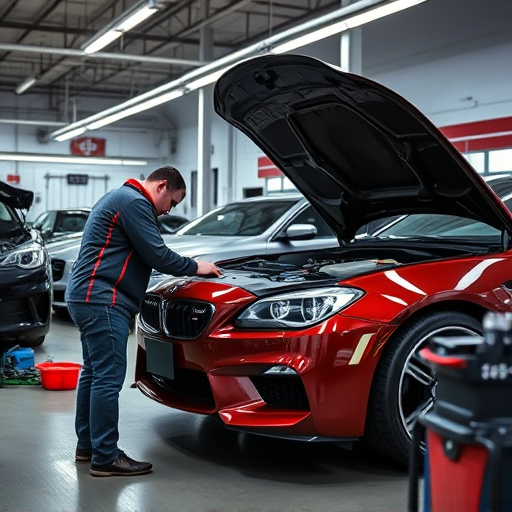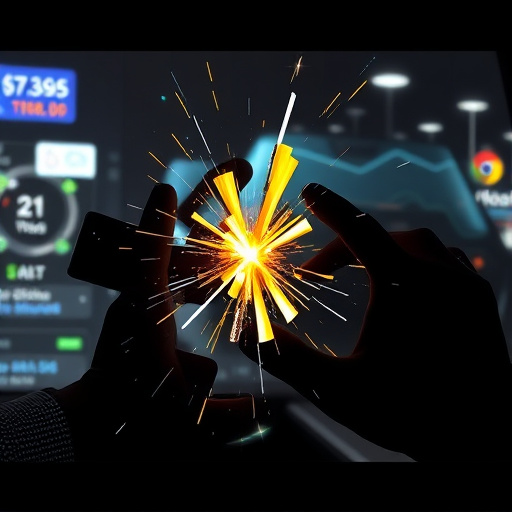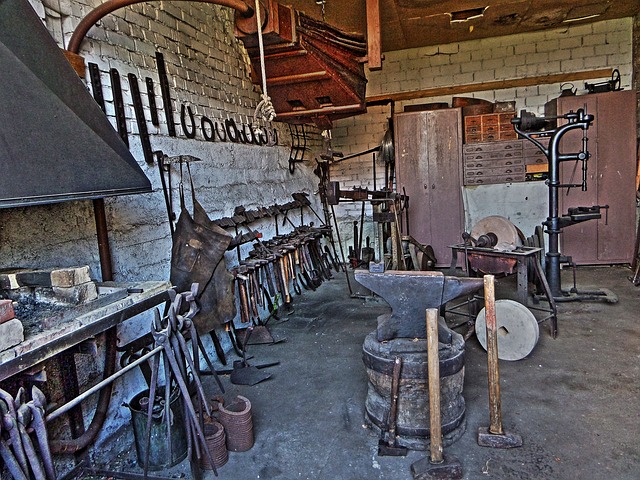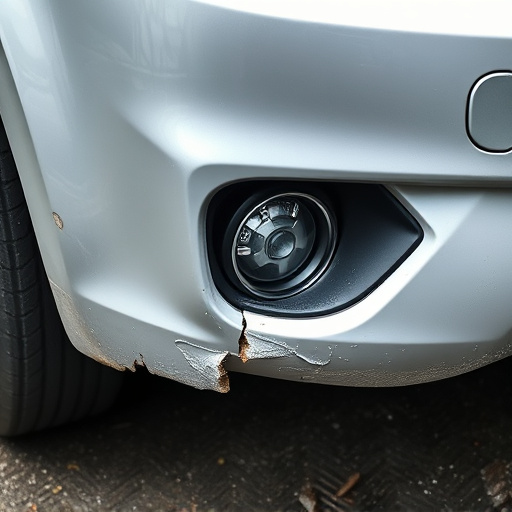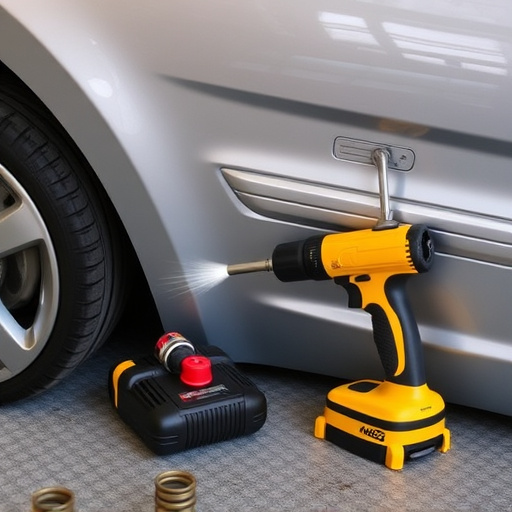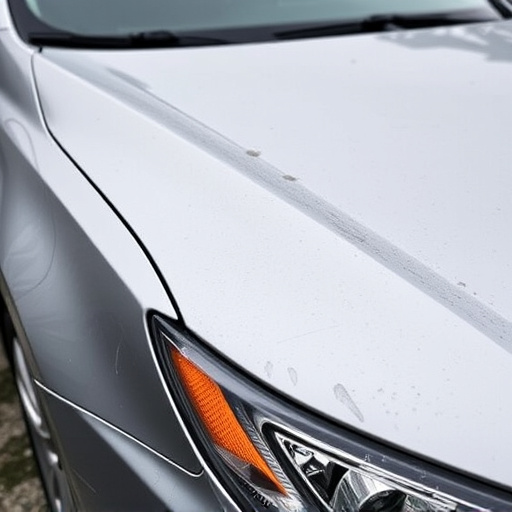Tesla structural integrity repair is a specialized process that restores post-collision safety and structural soundness, preserving the vehicle's original structure and reinforcing critical components. While panel replacement focuses on visible repairs for severe damage, structural integrity repair uses advanced techniques like laser welding to address hidden frame, suspension, and other structural issues, enhancing stability, aesthetics, and long-term performance, with benefits including cost savings and maintained resale value.
In the world of Tesla vehicle maintenance, choosing between structural integrity repair and panel replacement can be a tricky decision. This article aims to provide clarity on these two distinct approaches. We’ll delve into ‘Tesla structural integrity repair’: its process, benefits, and suitability. Additionally, we’ll explore when and why panel replacement is necessary, comparing costs, advantages, and long-term implications. By the end, you’ll be equipped with insights to make informed choices for your Tesla’s care.
- Understanding Tesla Structural Integrity Repair: A Deep Dive
- Panel Replacement: When and Why It's Necessary
- Comparing Approaches: Costs, Benefits, and Long-Term Effects
Understanding Tesla Structural Integrity Repair: A Deep Dive
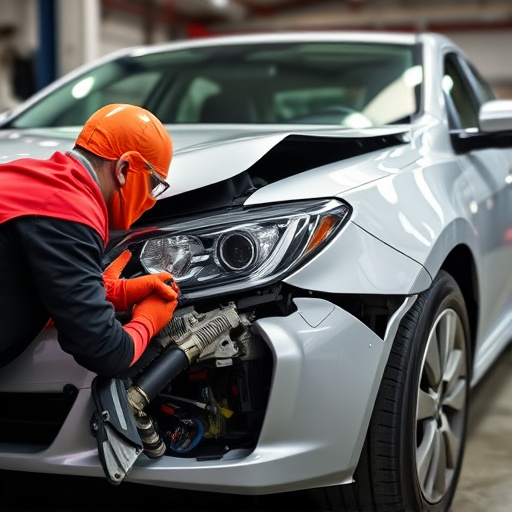
Tesla structural integrity repair is a specialized process that focuses on restoring the structural soundness of Tesla vehicles after a car collision or damage. Unlike traditional panel replacement, which involves simply swapping out damaged parts, this method prioritizes preserving the vehicle’s original structure and safety features. By meticulously reassembling and reinforcing critical components, it ensures the car maintains its strength and rigidity, even if certain panels need to be replaced.
This repair approach demands a deep understanding of automotive engineering and advanced techniques. Skilled technicians utilize state-of-the-art equipment and high-precision tools to analyze and address hidden damage within the vehicle’s frame, suspension systems, and other structural elements. The goal is not just to make the car look good on the surface but also to guarantee its safety and performance for years to come, making it a preferred choice for those seeking top-quality auto body restoration alongside effective vehicle repair services.
Panel Replacement: When and Why It's Necessary
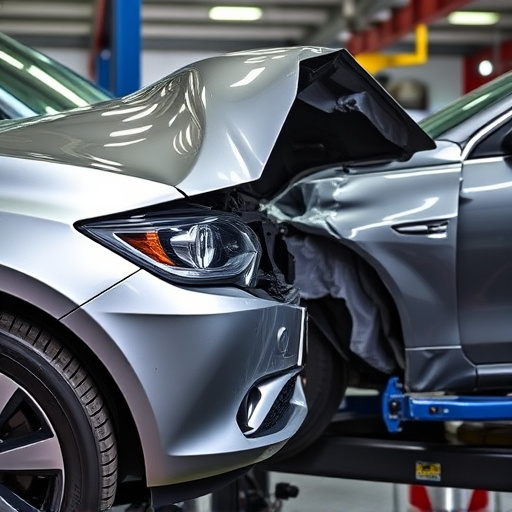
Panel replacement is a crucial aspect of vehicle collision repair, especially for high-quality cars like Teslas known for their advanced structural integrity. While Tesla structural integrity repair focuses on maintaining the car’s original safety and design features, panel replacement becomes necessary when certain parts are damaged beyond repair or when replacing them ensures better long-term performance and aesthetics. This is often the case with visible areas like doors, fenders, and bumpers that suffer significant dents, cracks, or complete breaks during a collision.
In many instances, a car scratch repair may not be enough to restore these panels to their original state. Vehicle collision repair specialists recommend panel replacement to address deeper issues that could compromise structural integrity. Unlike Tesla structural integrity repair which might involve advanced techniques like laser welding and precision engineering, panel replacement is more straightforward but still requires skilled technicians to ensure precise fitting and seamless finish. This process not only enhances the car’s appearance but also ensures its safety and resale value in the event of another collision or over time due to normal wear and tear.
Comparing Approaches: Costs, Benefits, and Long-Term Effects
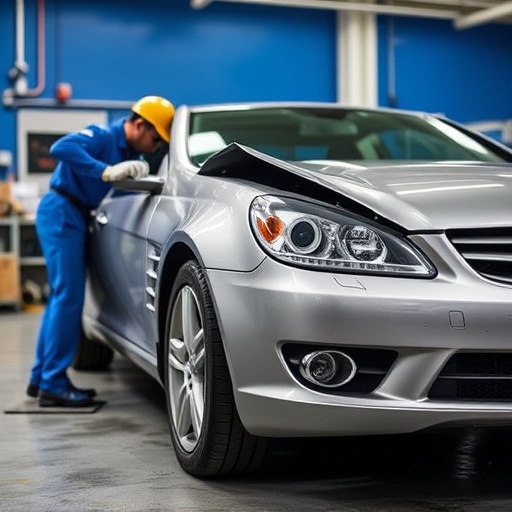
When it comes to repairing a Tesla, the decision between structural integrity repair and panel replacement is a significant one. Both approaches have their merits and can impact both the vehicle’s aesthetics and longevity. Structural integrity repair focuses on reinforcing weak points in the car’s structure, ensuring its safety and soundness for years to come. This method is ideal when damage is confined to specific areas and the overall frame remains intact. It’s an efficient solution that can preserve the car’s original look while enhancing its structural stability, making it a cost-effective choice for minor to moderate dents or dings.
On the other hand, panel replacement involves swapping out damaged or dented panels with new ones. While this may be necessary for severe cases of bodywork damage, it can be more expensive and disruptive to the car’s original design. Auto repair services offering panel replacements might require additional work to ensure the new panels align perfectly with the rest of the vehicle, maintaining its sleek profile. Long-term, structural integrity repairs could prove more beneficial as they strengthen the car’s overall frame, potentially preventing future damage and saving costs in the long run, unlike auto body services that solely replace parts.
When deciding between Tesla structural integrity repair and panel replacement, understanding the unique benefits of each approach is key. While panel replacement offers a swift solution for damaged exterior panels, Tesla structural integrity repair provides a more comprehensive fix by addressing underlying structural issues. By choosing the right method based on cost, convenience, and long-term durability, Tesla owners can ensure their vehicles maintain optimal structural integrity and aesthetic appeal for years to come. Tesla structural integrity repair stands out as the superior option for those seeking a lasting solution.


